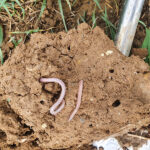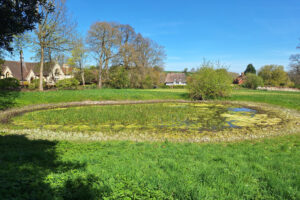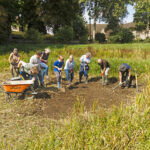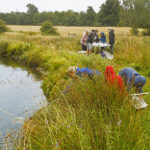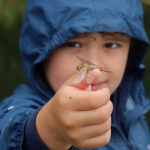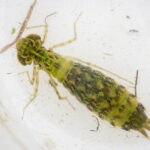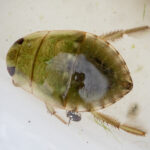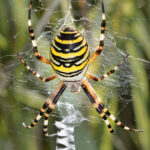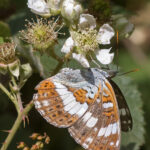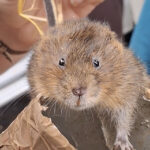 Come along to a talk about Beaver and Water Vole Reintroduction on Tuesday 25th November. David Elliott, the National Trust’s Lead Ranger for the South Downs West, will give a talk on beavers and water voles and their return to the landscape. He will give an update on the progress and work of the River Wey Water Vole Recovery project, and will also talk about where we are currently at with regard to the return of the Beaver, locally and nationally, as well as discussing their respective ecology and why they are such important species to consider when thinking about the future of our wonderful local rivers. He will be happy to take questions and participate in discussion.
Come along to a talk about Beaver and Water Vole Reintroduction on Tuesday 25th November. David Elliott, the National Trust’s Lead Ranger for the South Downs West, will give a talk on beavers and water voles and their return to the landscape. He will give an update on the progress and work of the River Wey Water Vole Recovery project, and will also talk about where we are currently at with regard to the return of the Beaver, locally and nationally, as well as discussing their respective ecology and why they are such important species to consider when thinking about the future of our wonderful local rivers. He will be happy to take questions and participate in discussion.
All welcome, Froyle Wildlife members free, non-members £3, teas and coffees, talk starts 7.30pm at Froyle Village Hall.
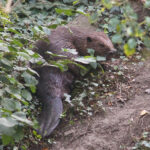 Having once been an important part of the ecosystem, beavers became extinct in Britain in the 16th century because of hunting for their fur, meat and scent glands. This release follows a successful pilot at Holnicote on Exmoor in early 2020, where the beavers have thrived. In spring 2021 two beavers were released on the edge of the South Downs into a 15-hectare fenced area. A male and female were re-introduced, in the hope they will become a breeding pair. The exact location is not disclosed to give them very best chance of establishing themselves in their new home.
Having once been an important part of the ecosystem, beavers became extinct in Britain in the 16th century because of hunting for their fur, meat and scent glands. This release follows a successful pilot at Holnicote on Exmoor in early 2020, where the beavers have thrived. In spring 2021 two beavers were released on the edge of the South Downs into a 15-hectare fenced area. A male and female were re-introduced, in the hope they will become a breeding pair. The exact location is not disclosed to give them very best chance of establishing themselves in their new home.
Some 150 water voles have been reintroduced into waterways in parts of southern England after being declared locally extinct over the last 20 years. They were released in August 2025 at six sites along the River Wey in Surrey, Sussex and Hampshire, and further reintroductions will take place over the next two years. The species is the country’s fastest-declining mammal because of habitat loss and predation by the non-native American mink. The population plummeted by 93 per cent in England during the course of the 20th century and has been in further rapid decline since 2000.

